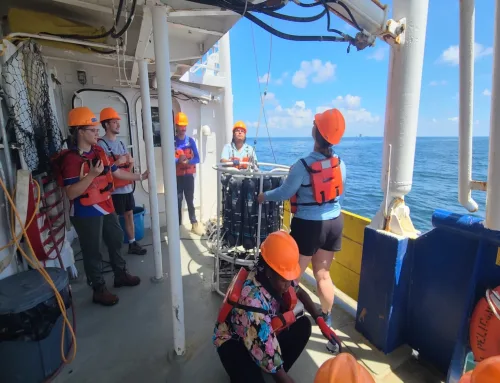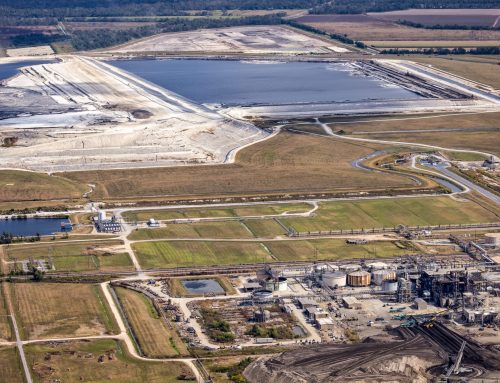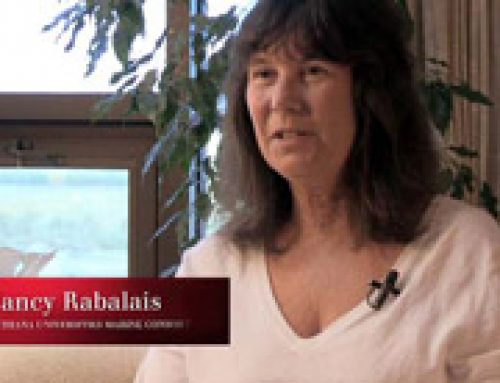NOAA, partners to report on 2023 Gulf of Mexico ‘dead zone’ monitoring cruise
In June, NOAA scientists issued a forecast for this summer’s dead zone — an area characterized by low to no oxygen levels that can kill fish and other marine organisms. This year’s forecast estimated a dead zone extent of approximately 4,155 square miles, which is smaller than the historical 36-year average of 5,364 square miles and well below the record-breaking 8,776 square mile dead zone observed in 2017.
During the teleconference, speakers will discuss factors influencing the size of this summer’s hypoxic zone, potential impacts to living marine resources, the accuracy of the spring hypoxia forecast as a predictive tool, and ongoing federal and state initiatives in the Mississippi River watershed focused on reducing nutrient inputs flowing into the Gulf.
WHAT
Media teleconference on the measured size of the Gulf of Mexico dead zone and efforts to predict and mitigate its effects, followed by a Q&A session for reporters.
WHO
- David Kidwell, director, Competitive Research Program, NOAA’s National Centers for Coastal Ocean Science
- Nancy Rabalais, Ph.D., professor, Louisiana State University/Louisiana Universities Marine Consortium; co-chief scientist on survey cruise
- Mike Naig, secretary of agriculture, State of Iowa
- Bruno Pigott, deputy assistant administrator, Office of Water, Environmental Protection Agency
- Lori Sprague, program manager, Integrated Water Availability Assessments, Water Mission Area, U.S. Geological Survey





